Inverter
Abnormal charge-discharge curves in storage inverters (Deye vs. SunGrow)
Understanding Abnormal Charge/Discharge Curves in Storage Inverters: A Comparison of Deye and Sungrow
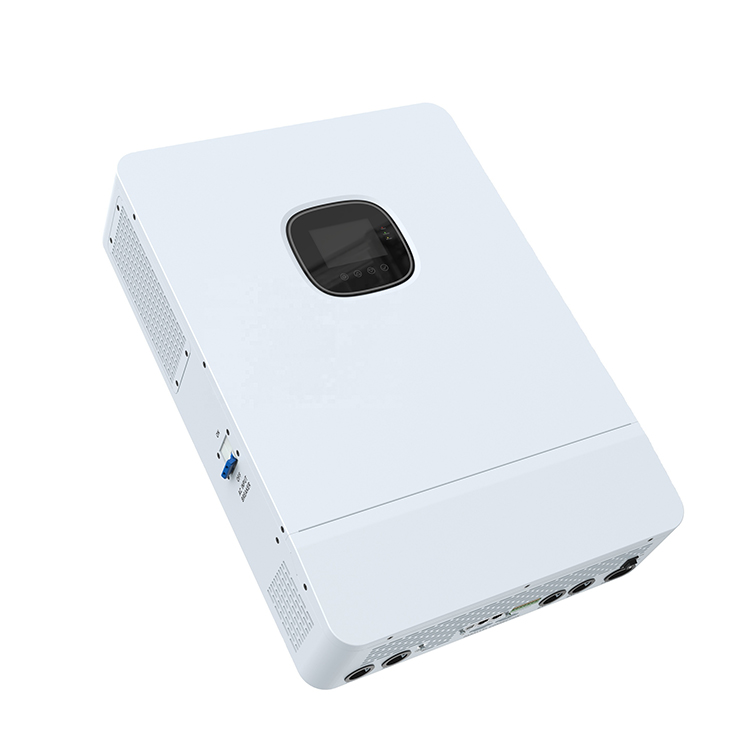
In the realm of solar energy, inverters play a crucial role in converting the DC power generated by solar panels into usable AC power. Among these, storage inverters are essential for efficiently managing energy storage systems, ensuring optimal performance and longevity of batteries. However, the charge and discharge curves of these inverters can sometimes deviate from the norm, leading to potential issues. This article explores the concept of abnormal charge/discharge curves in storage inverters, focusing on the performance of Deye and Sungrow inverters.
What Are Charge/Discharge Curves?
Charge/discharge curves represent the flow of energy into and out of a battery, providing insights into how efficiently an inverter manages energy storage. A normal curve is smooth and predictable, indicating efficient energy management. Abnormal curves, however, may show fluctuations, sharp drops, or unexpected peaks, which can signal underlying problems.
Why Do Abnormal Curves Occur?
Several factors can lead to irregular charge/discharge patterns:
Overcharging or Deep Discharging: Exceeding battery limits can stress the system. Temperature Fluctuations: Extreme temperatures can affect battery performance. Grid Instability: Fluctuating grid conditions can disrupt energy flow. Component Malfunction: Issues with the inverter or battery can cause irregularities.Impact of Abnormal Curves
Abnormal curves can lead to reduced battery efficiency, shortened lifespan, and potential system failures. Early detection and correction are vital for maintaining system health.
Deye vs. Sungrow: A Comparative Analysis
Deye InvertersDeye inverters are known for their reliability and user-friendly interface. However, some users report occasional irregularities in charge/discharge curves, often linked to software glitches or communication issues with the battery. Deye typically addresses these issues promptly through firmware updates.
Sungrow InvertersSungrow inverters are recognized for their advanced technology and robust performance. Users generally report stable charge/discharge curves. However, in complex grid environments, some anomalies have been noted, which Sungrow attributes to grid conditions rather than inverter malfunction.
Mitigating Abnormal Curves
To ensure optimal performance:
Choose Reputable Brands: Deye and Sungrow are reliable choices. Regular Maintenance: Monitor system performance and address issues promptly. Optimal Configuration: Ensure inverters are correctly sized and configured for your system. Professional Installation: Proper setup minimizes the risk of anomalies.Understanding and managing charge/discharge curves are crucial for maximizing the efficiency and longevity of your energy storage system. While both Deye and Sungrow inverters are reliable, being aware of potential anomalies and taking preventive measures can further enhance system performance. Always refer to manufacturer guidelines and consider professional support for complex installations.

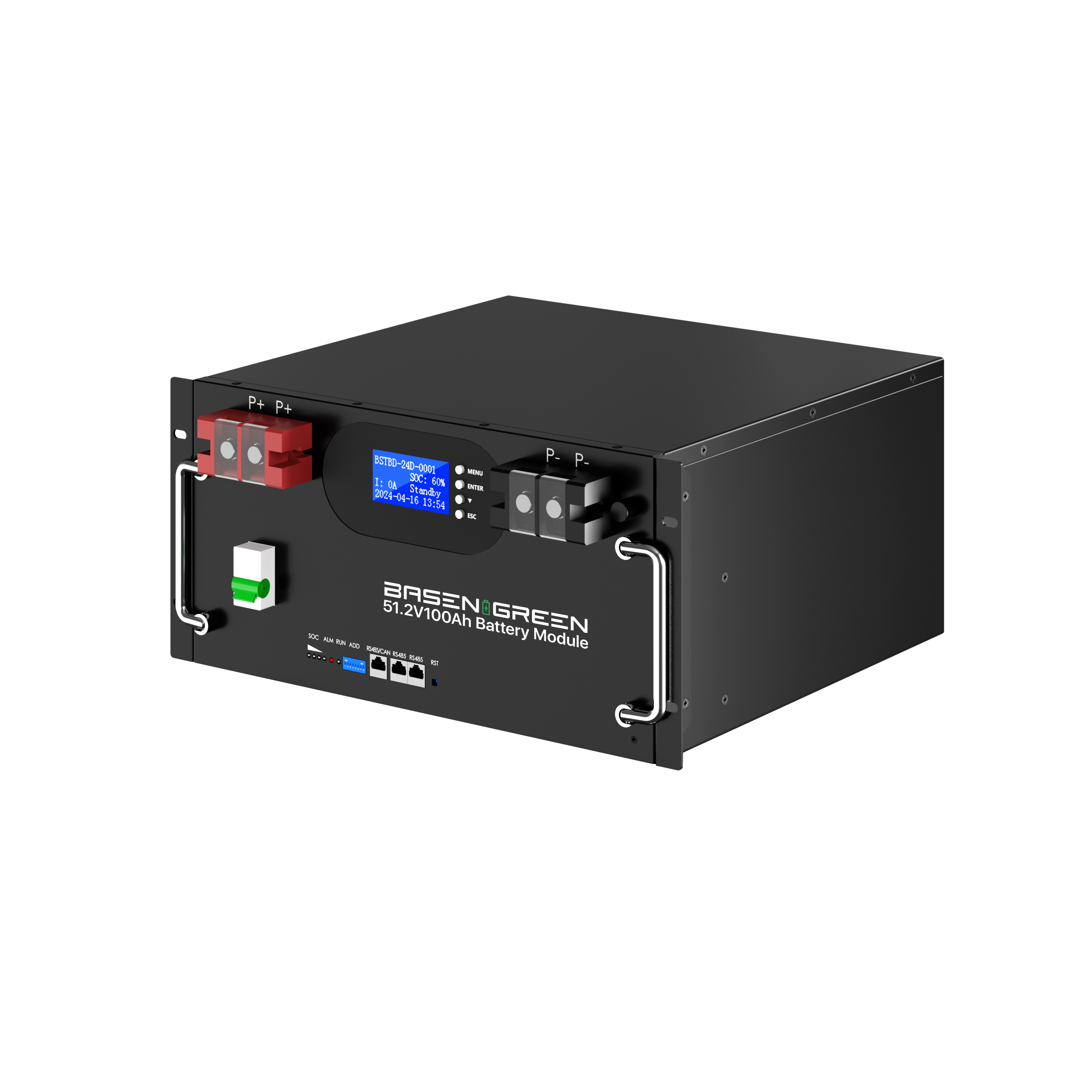
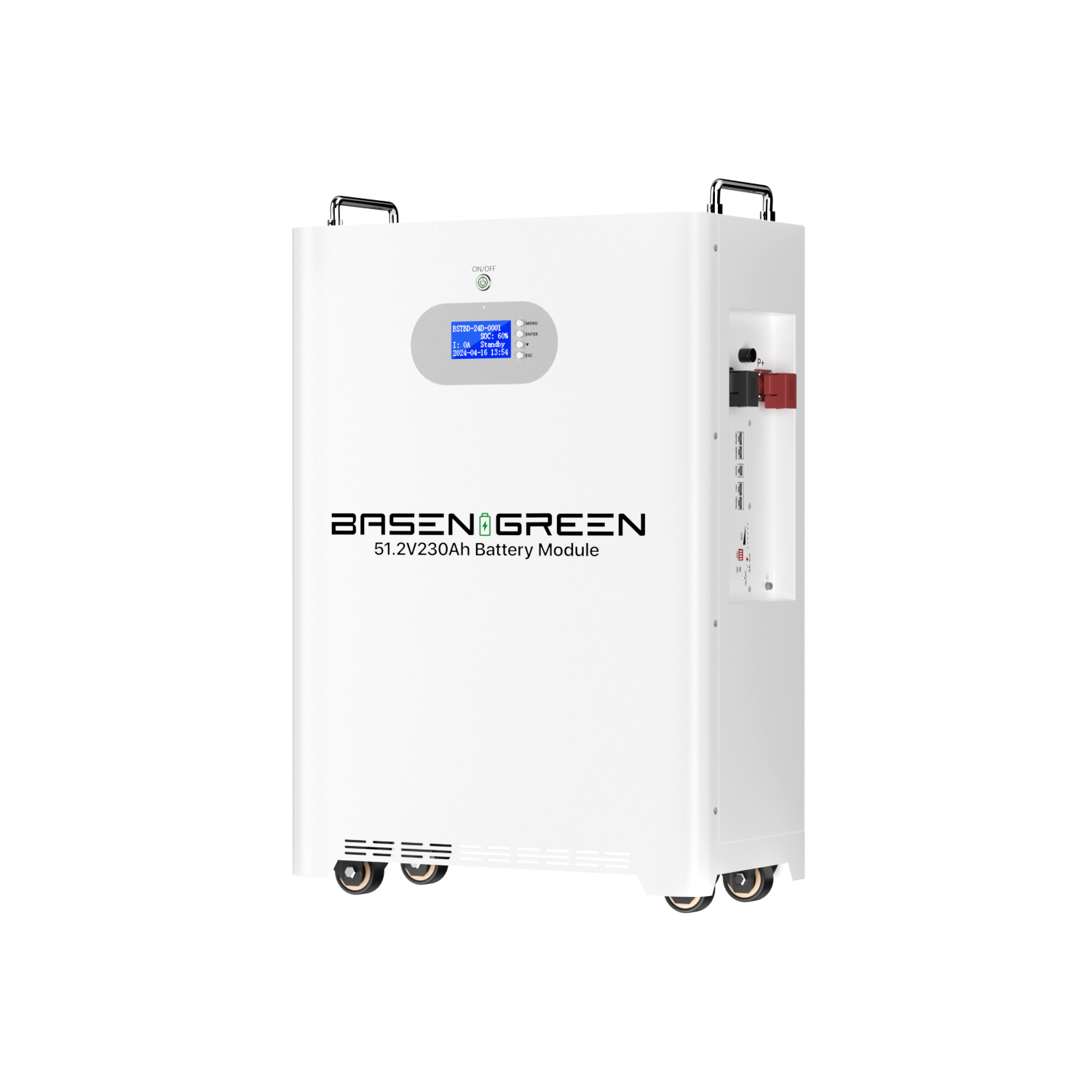
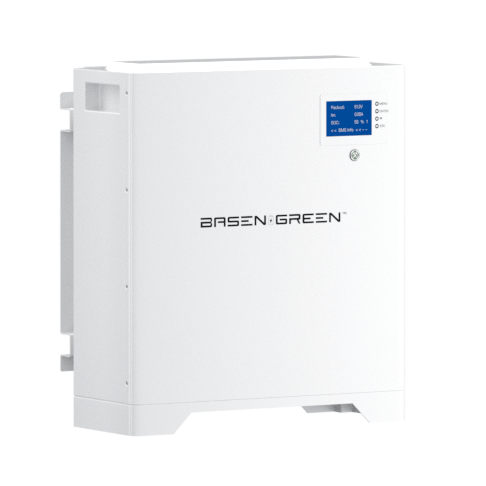
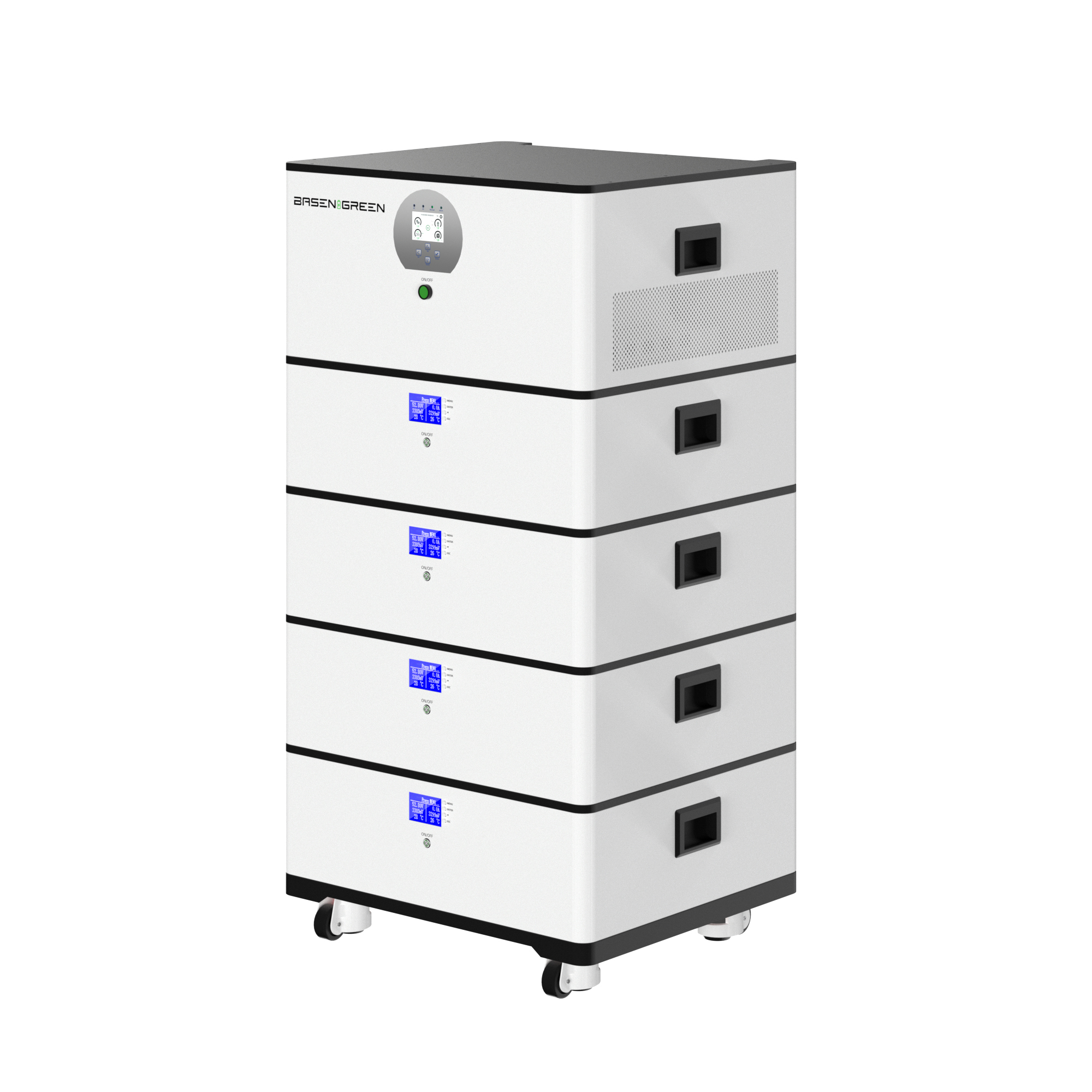

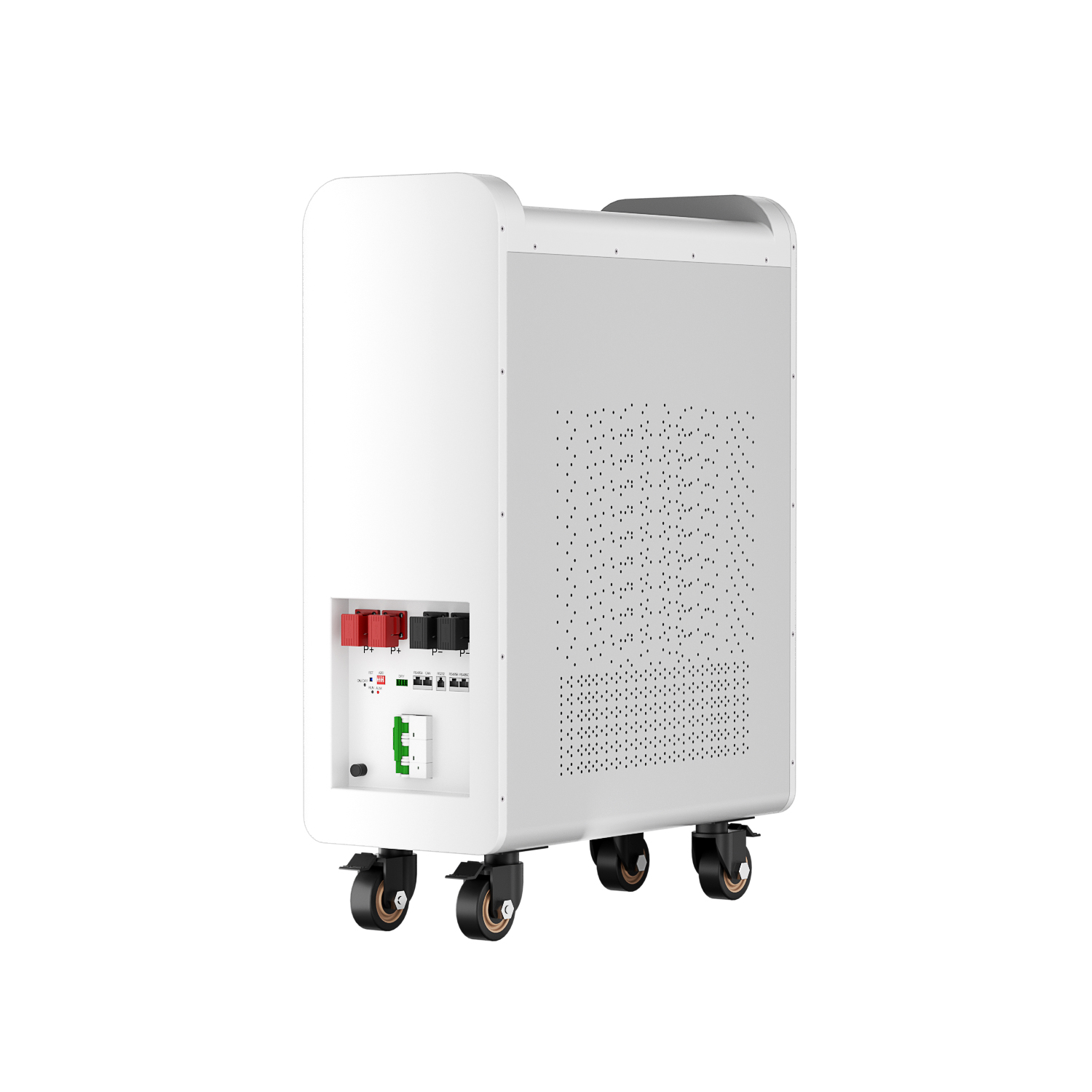
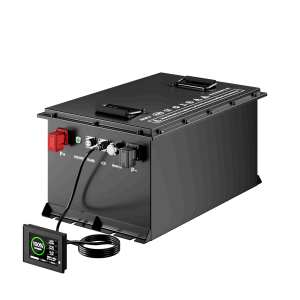
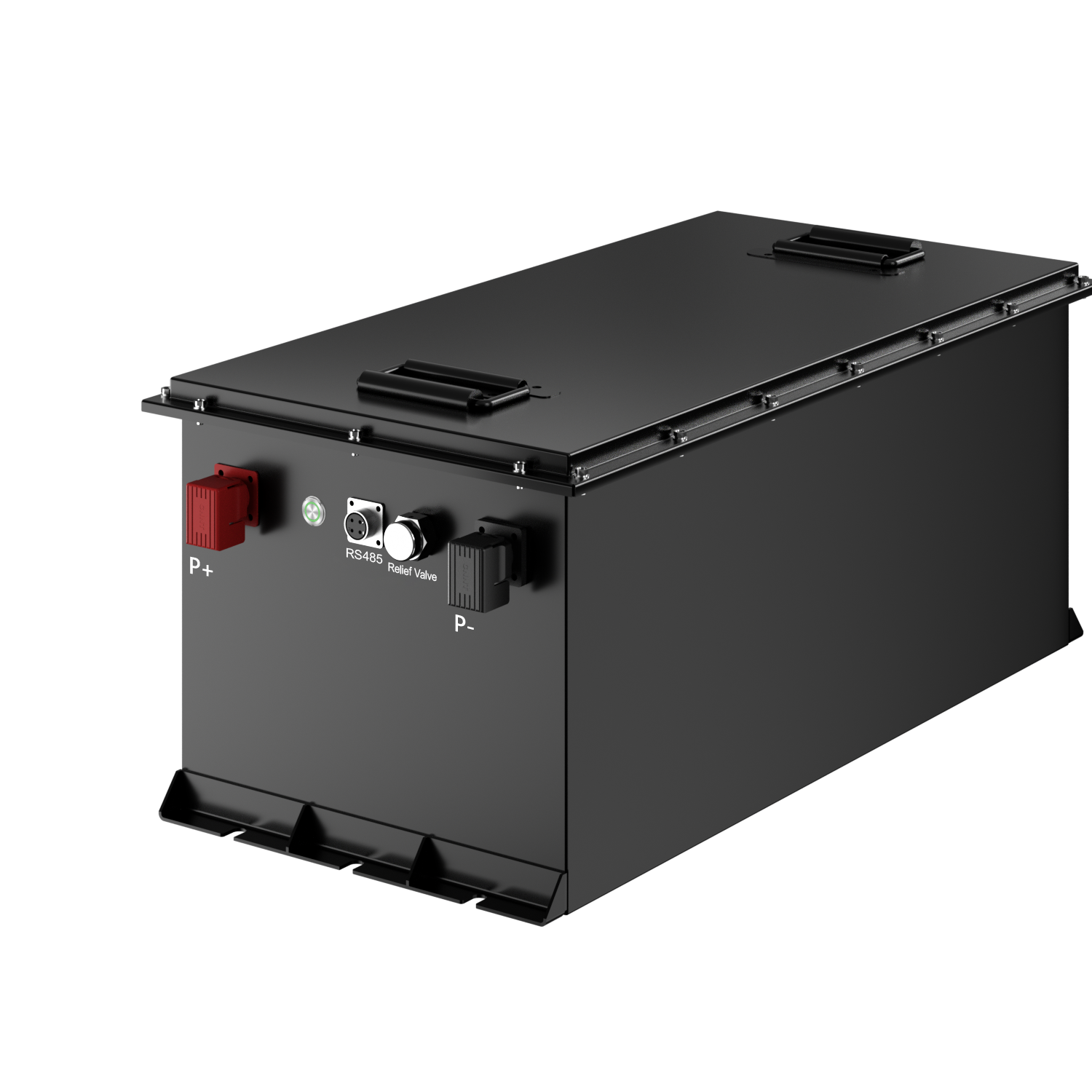
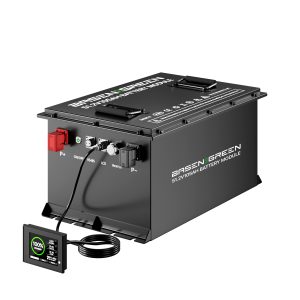
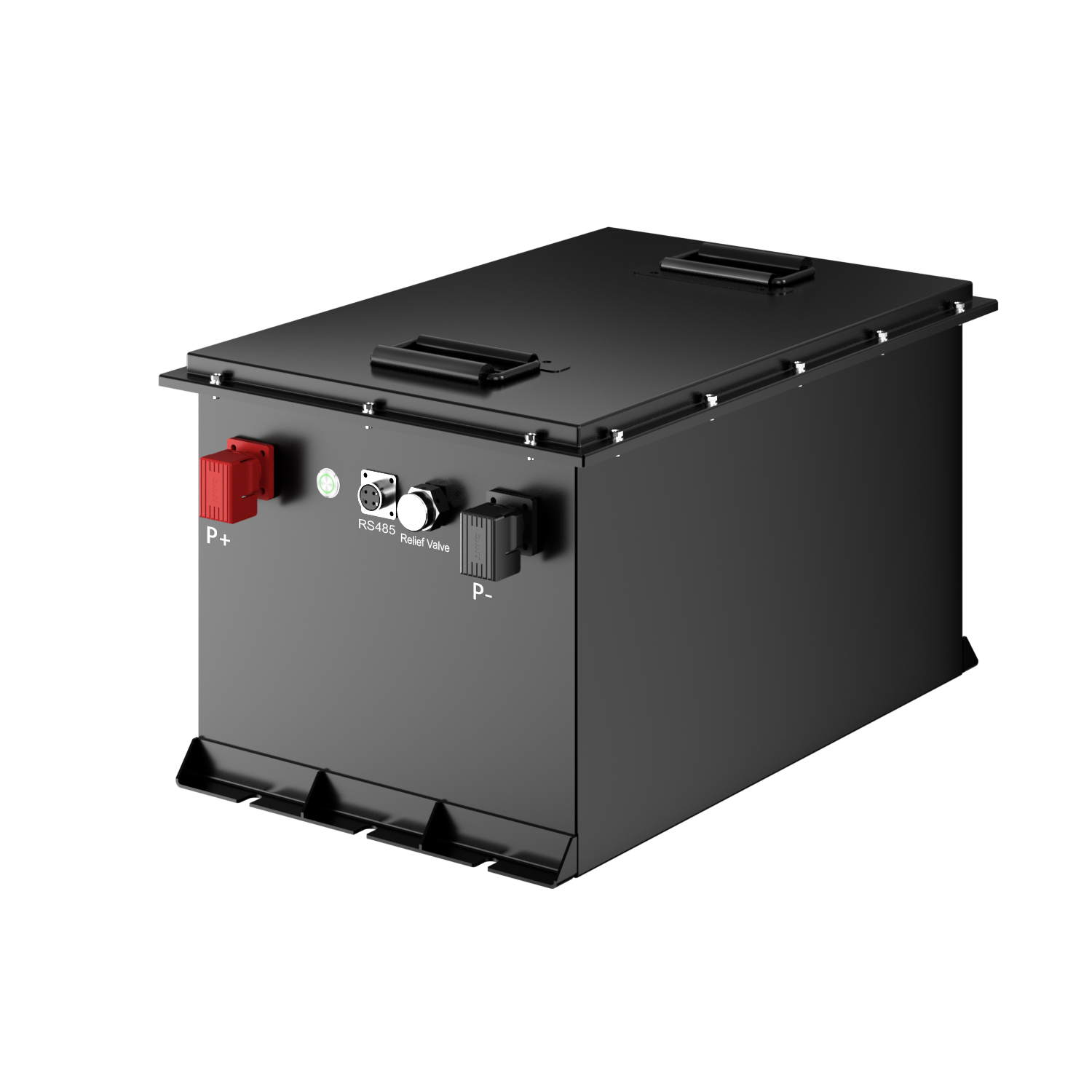
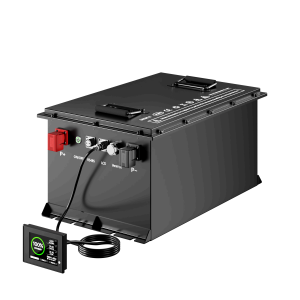
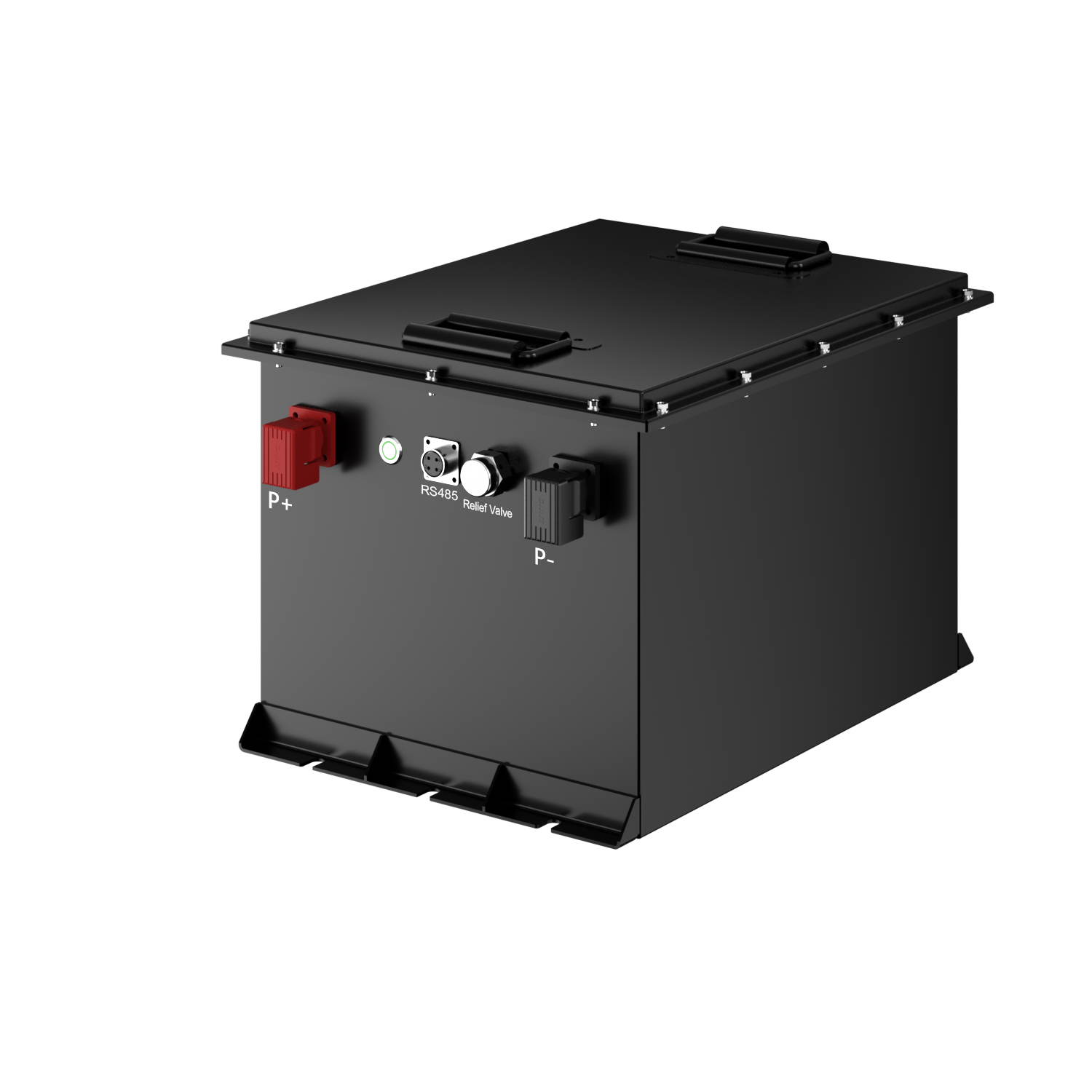
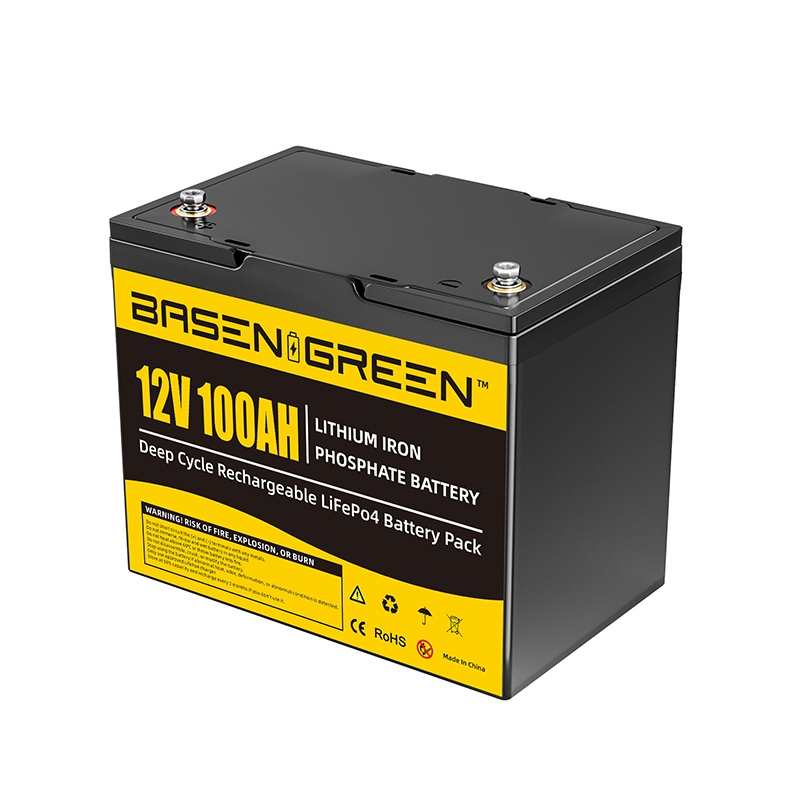
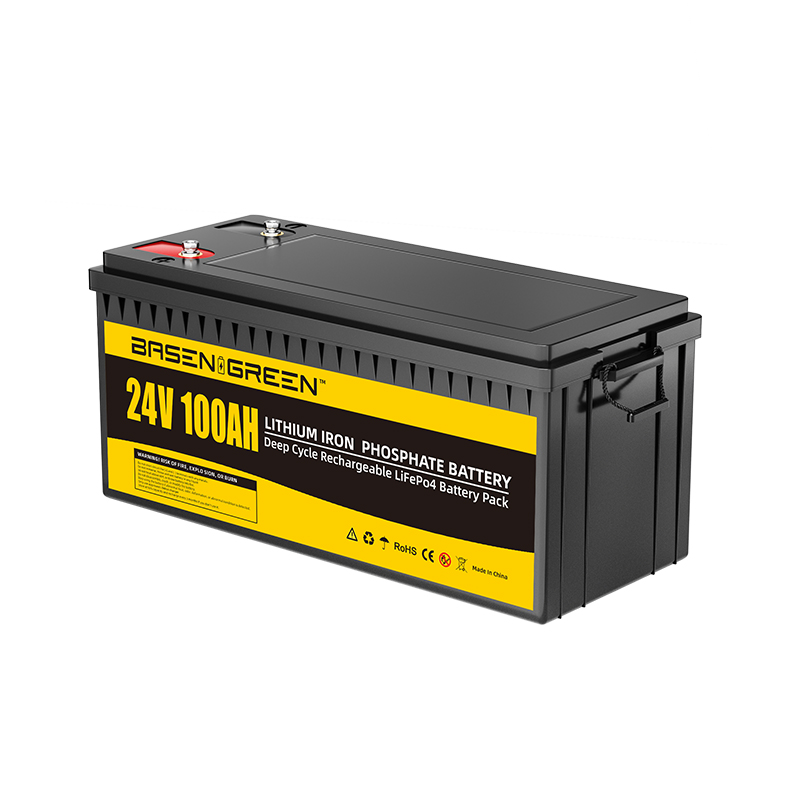
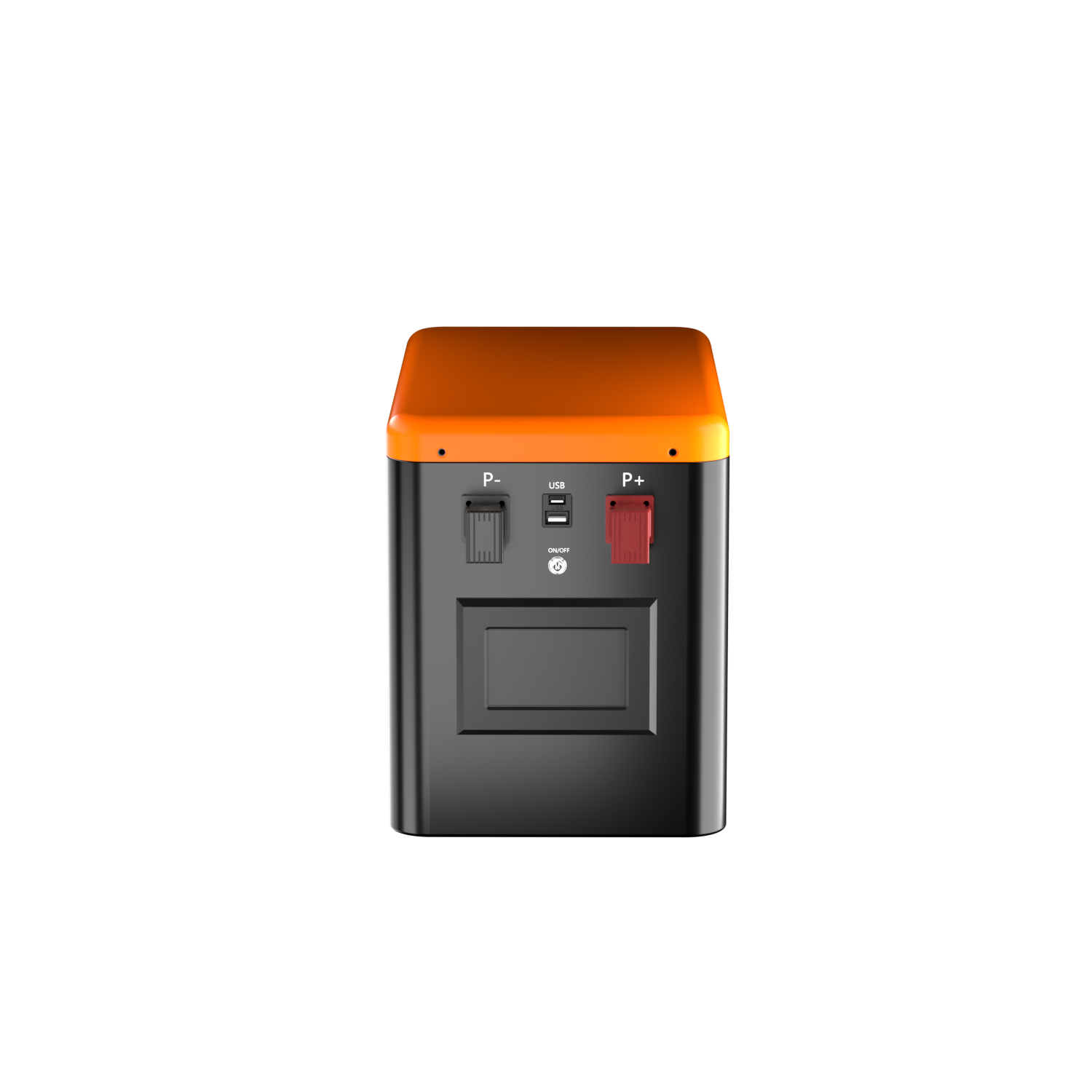
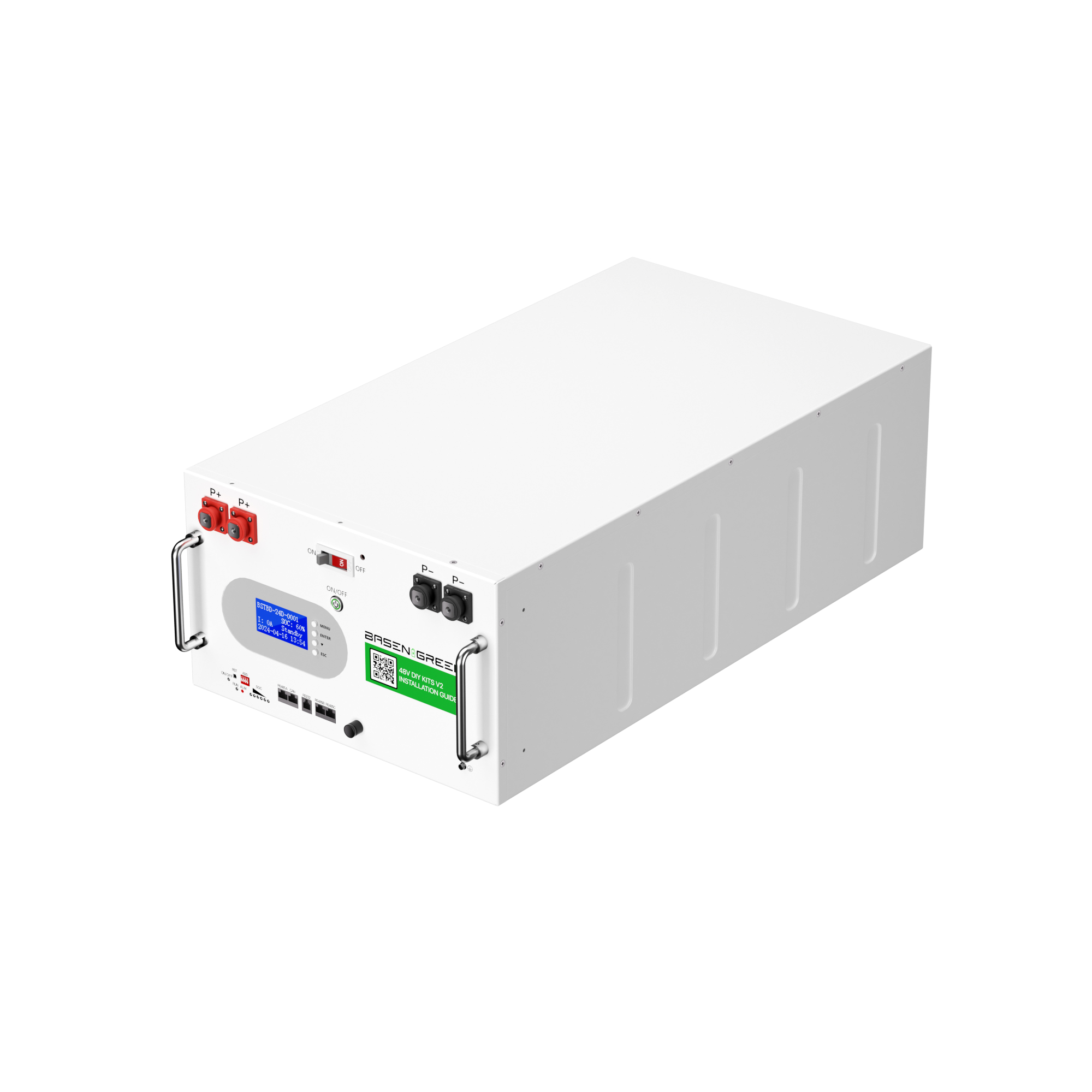
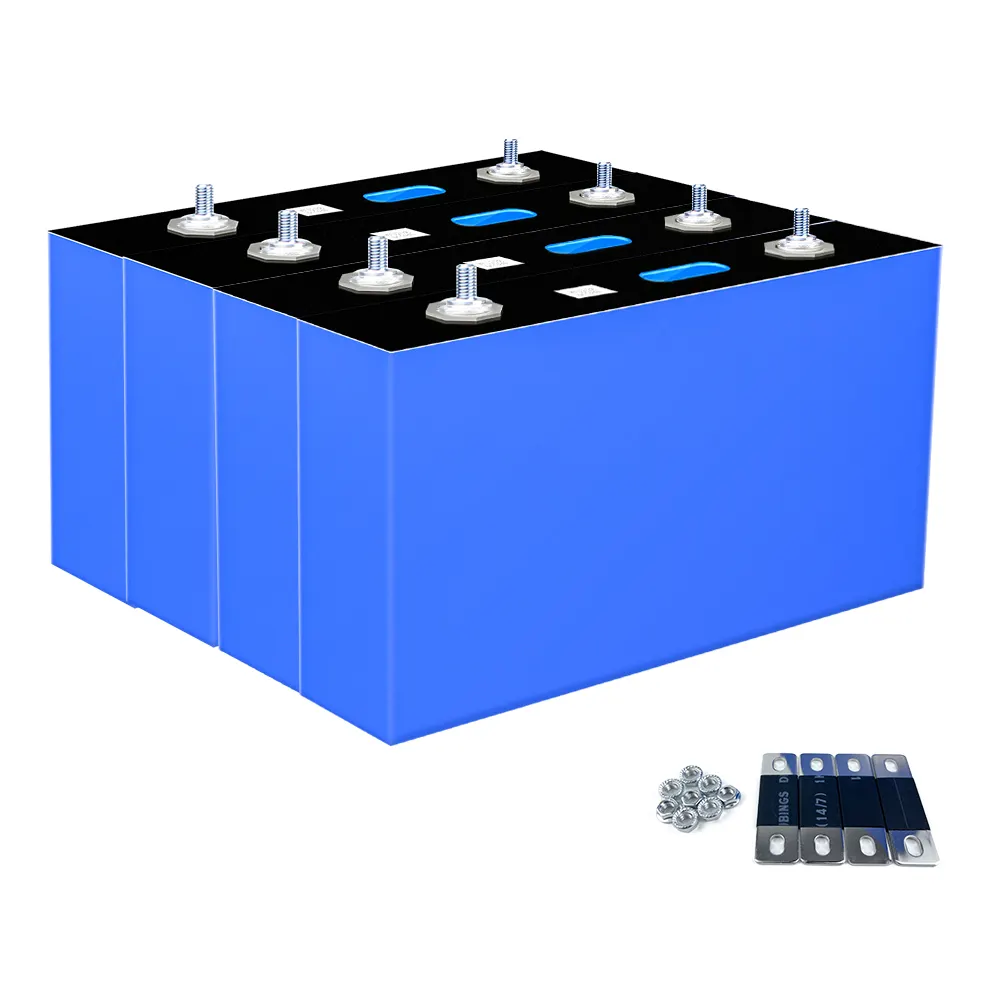
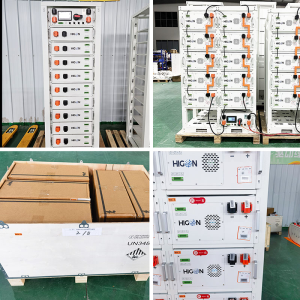
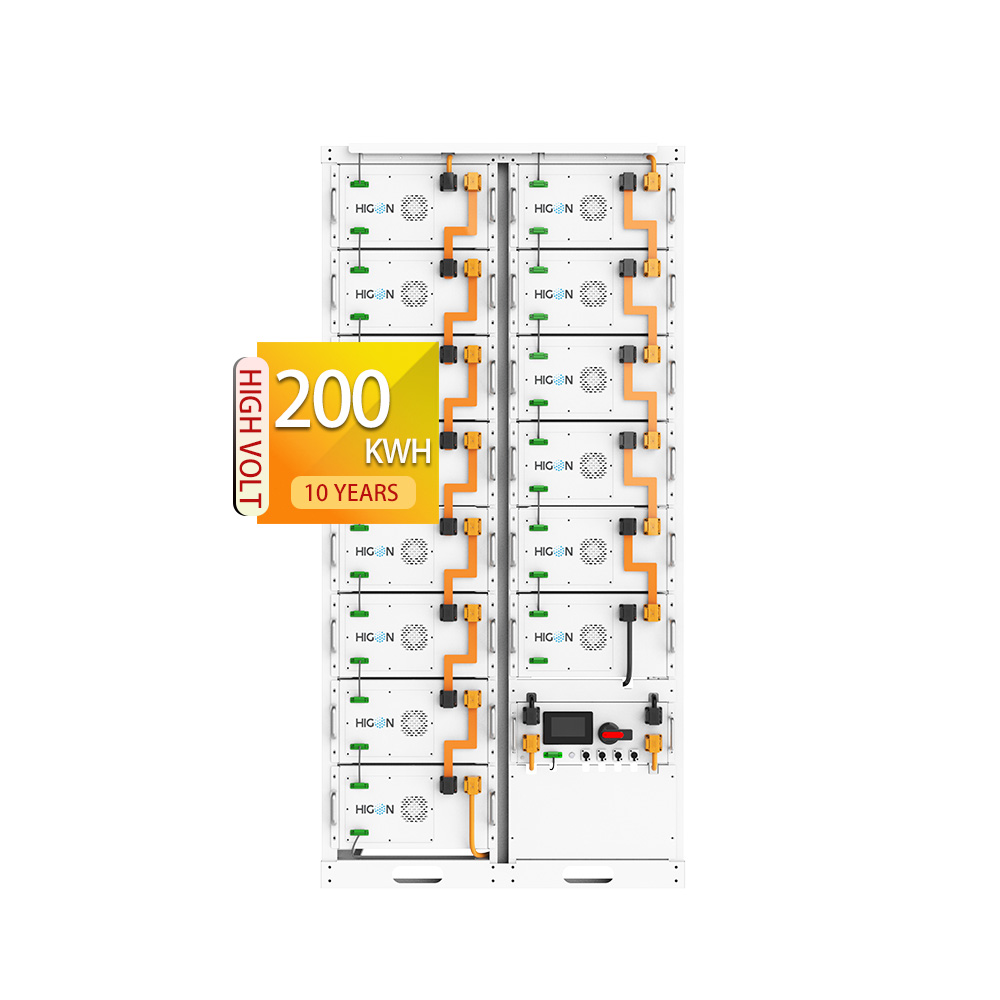
.png)